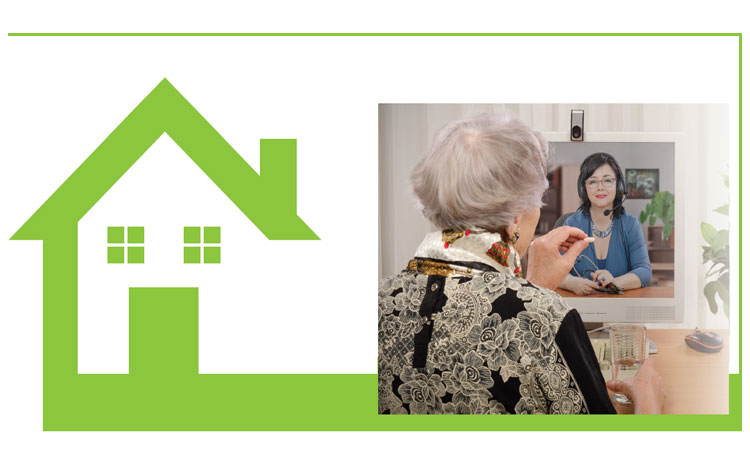AARP study reveals Floridians’ preference for in-home care and opportunity for the state
NEW TECHNOLOGY and modern solutions are reshaping the way we work, live, and retire. A new AARP poll found a whopping 82 percent of registered Florida voters want to live in their own home or communities as oppose to an assisted living facility. But state policy and resources have been slow to recognizing this trend. With the largest population of residents 65 and older, a number expected to double in the next century, some experts feel the Sunshine State is lagging in its approach and resources to caregiving.
“It’s time for Florida to modernize how the state supports family caregivers and our older neighbors,” AARP Florida State Director Jeff Johnson says. “That’s not only a better way to support families and Florida residents, but it can make our limited public resources stretch further and give our residents more choices for living independently, in their homes and communities, throughout their lives.”
Currently, more than 60,000 older residents are on waiting lists for critical-care services that help them stay at home and out of taxpayer-funded institutional care. The AARP survey found 87 percent of respondents’ favor using state budget surpluses to end the waiting list, and 88 percent favor using the budget surplus to access services for independent living. “It’s time for Florida to plan for a new era,” Johnson states. “New technology and modern solutions can create choices for where and how Floridians live and grow older.”
Tracy Kelley is owner and operator of Comfort Keepers in Lakeland, Florida. The company has been providing at-home elderly care for almost twenty years, and now it offers some of the latest technological advances to keep patients safe and healthy in their homes — where they want to be. Safety Choice keeps tabs on a patient’s medications to make sure a dose of medications is never missed. “The system dispenses it daily and monitors it just like an alarm system,” explains Kelley. Medications are separated into daily doses and the patient or caregiver presses a button when the medication is taken. “A lot of our clients have light dementia,” she adds. “This helps them keep on track.” Comfort Keepers also offers a personal emergency monitoring system, with a professional dispatcher. They also have the Family Room, an Internet-based platform that provides the caregiver’s picture, schedule, and notes on what the patient ate, their health status, and any additional pertinent information for the senior patient’s relatives.
Another notable technological breakthrough, telemedicine, is becoming more readily available in the Florida healthcare industry and allows patients access to remote diagnosis and treatment. Not only can they receive care from local physicians, but through this service they can receive treatment and advice from experts they may otherwise find challenging to visit in person. Telemedicine options can also provide a faster response than a patient would normally get.
The recent AARP survey showed that 71 percent of current and past caregivers say it is likely that they will need to provide care again in the future, and almost all or 99 percent of caregivers said it was important to be able to provide their loved ones the care they needed to keep them living independently in their own home. Change in policy and services can be challenging to implement, but the benefits will be beneficial to patients as well as the state. Americas movement away from assisted care facilities and towards in-home care, not only impacts those receiving and giving care and the institutions providing it, but it also affects the whole community. According to the AARP survey, 71 percent of caregivers have modified their work schedule, while 30 percent have taken a leave of absence. And 68 percent of caregivers reported feeling emotionally stressed. These study results underscore the need for the state to consider adjusting its policies and funding of long-term healthcare to adapt to changes in society.
CREDIT
article by BONNY JOHNSON
